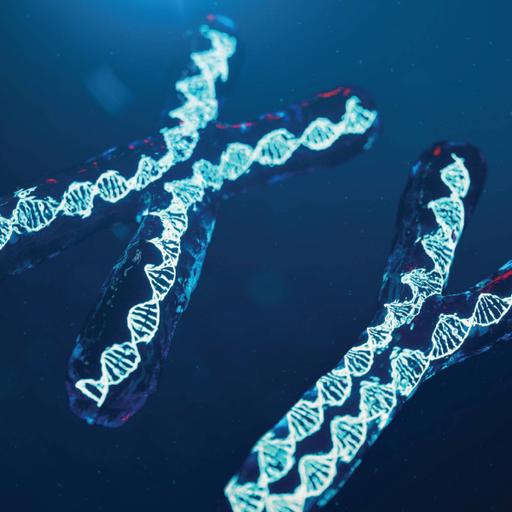DNA Replication
Presentations | English
DNA replication is the process by which a double-stranded DNA molecule is copied to produce two identical DNA molecules. Once the DNA in a cell is replicated, the cell can divide into two cells, each of which has an identical copy of the original DNA. DNA carries the information for making all of the cell’s proteins. These proteins implement all of the functions of a living organism and determine the organism’s characteristics. When the cell reproduces, it has to pass all of this information on to the daughter cells. Before a cell can reproduce, it must first replicate, or make a copy of, its DNA. Where DNA replication occurs depends upon whether the cells is a prokaryotic or a eukaryote. DNA replication occurs in the cytoplasm of prokaryotes and in the nucleus of eukaryotes. Regardless of where DNA replication occurs, the basic process is the same. Different types of cells replicated their DNA at different rates. Some cells constantly divide, like those in your hair and fingernails and bone marrow cells. Other cells go through several rounds of cell division and stop (including specialized cells, like those in your brain, muscle and heart).

Free
PPTX (50 Slides)
DNA Replication
Presentations | English
